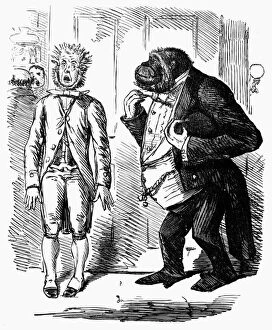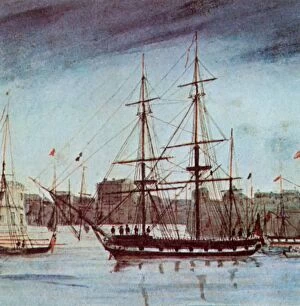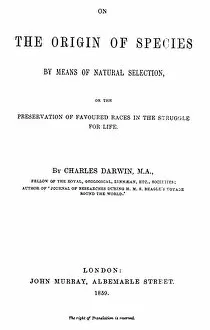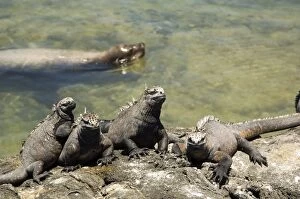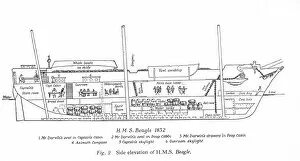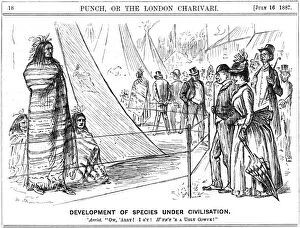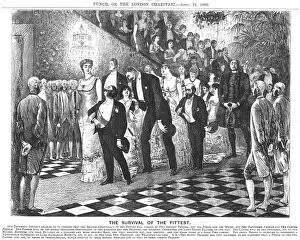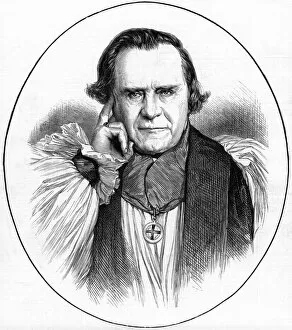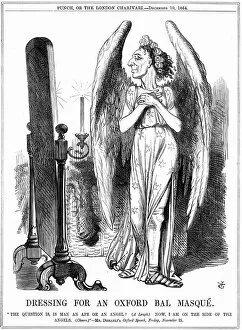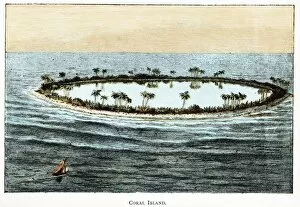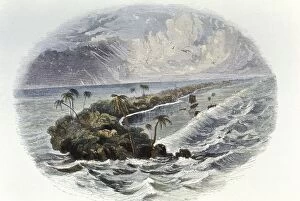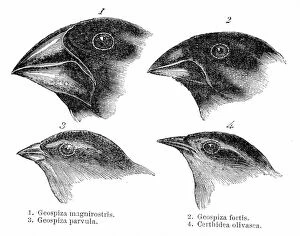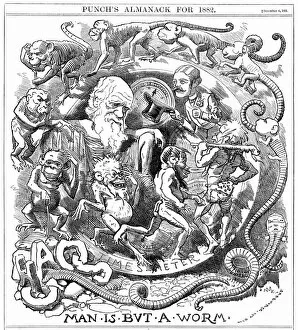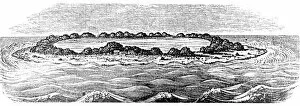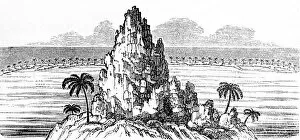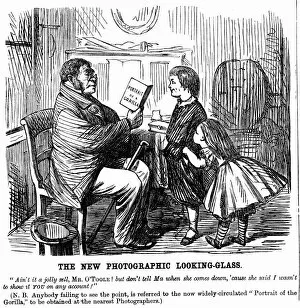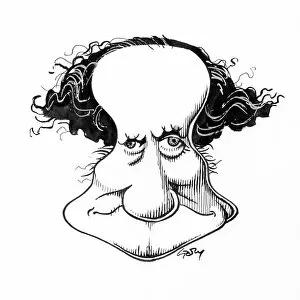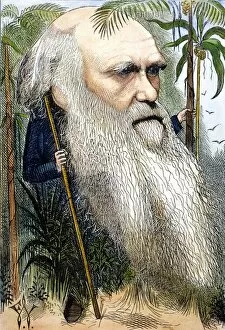Darwinism Collection (#3)
"Exploring the Origins: Darwinism Unveiled" Embarking on the historic voyage of the HMS Beagle in 1831, Charles Darwin set sail as a naturalist
For sale as Licensed Images
Choose your image, Select your licence and Download the media
"Exploring the Origins: Darwinism Unveiled" Embarking on the historic voyage of the HMS Beagle in 1831, Charles Darwin set sail as a naturalist, unaware that his discoveries would reshape our understanding of life itself. The five-year expedition across oceans and continents became a catalyst for his groundbreaking theory. In 1886, a French copy of Ernst Haeckel's "Tree of Life" emerged, illustrating the interconnectedness of all species. This visual representation captivated minds worldwide, solidifying Darwin's ideas within scientific circles. Yet amidst serious scientific discourse, caricatures depicting Charles Darwin with humoristic flair began to circulate. These playful representations showcased society's fascination with this revolutionary thinker and his controversial theory - aptly named "Darwinism. " While Darwin was at the forefront, another brilliant mind emerged - Alfred Russel Wallace. In c. 1910, an intriguing black-and-white photograph captured Wallace's essence; he stood as an equal contributor to evolutionary theory. Thomas Henry Huxley also played a pivotal role in championing Darwinism. A British biologist seen diligently working at his desk in c1880 and again portrayed by Lock & Whitfield in 1877 demonstrated Huxley's unwavering dedication to advancing this transformative concept. Richard Owen further enriched our understanding of evolution through zoology studies. An English zoologist depicted in 1884 by Edward Linley Sambourne showcased Owen's meticulous approach towards unraveling nature’s mysteries. As debates raged on about evolution versus creationism, Thomas Henry Huxley took center stage once more in 1871 when he engaged in logical refutations against those challenging Mr. Darwin’s theories – proving that science thrives through rigorous intellectual exchange. Punch magazine even joined the conversation with their satirical cartoon titled "A Logical Refutation of Mr. Darwins Theory. " Through clever engravings and witty captions, they highlighted the ongoing battle between traditional beliefs and Darwinism.

